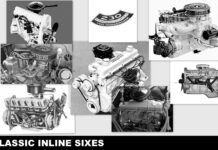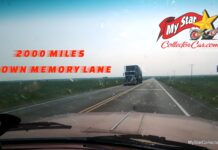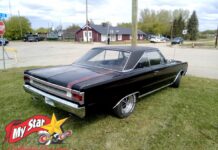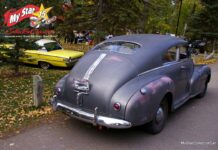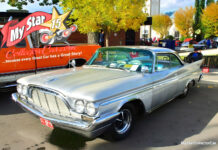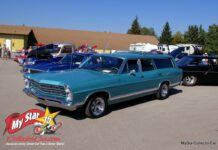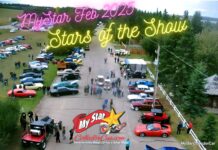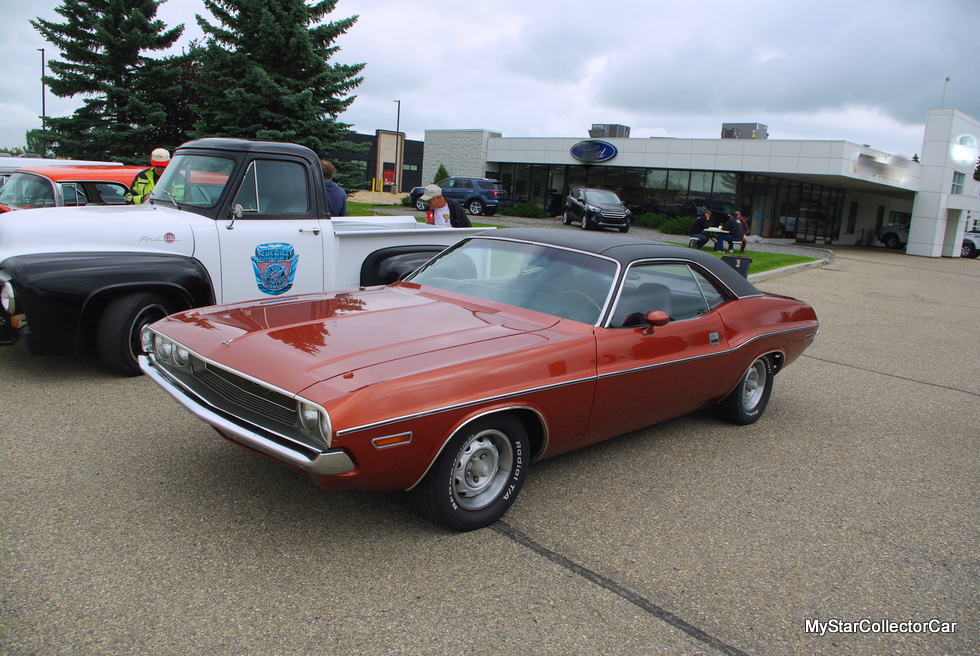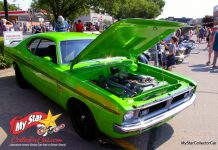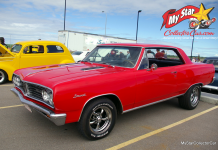Sometimes it is tough to follow a legend.
A good example is the guy who replaced Babe Ruth when the Sultan of Swat got traded from the New York Yankees in 1935 and a guy named George Selkirk took his place on the team.
Few people outside of Selkirk’s family will remember his career because it paled by comparison to the Bambino’s storied career as a legendary baseball player.
Jim Sutherland

However, Selkirk had some good years with the Yanks, but how does one match the greatest baseball player in history-even if Selkirk was cocky enough to use Ruth’s number as a Yankee? Consequently, George Selkirk is a minor footnote in baseball history while Babe Ruth is still a baseball god 88 years after his last game.
Legendary status also occurs in the domestic automotive world, but we at MyStarCollectorCar decided to shift the spotlight to the cars built after the last of the legendary models left the dealership. Our first example is the 1958 Chevy, a car that followed the legendary Tri-Five Chevys built from 1955 to ’57.

The 1957 Chevy is arguably the most legendary of the trio because it defined the finned car era from GM’s Bowtie branch at the time, so a 1958 Chevy had a tough challenge when it took its place. Chevy designers were all-in on a totally restyled Chevy in 1958 and dumped the famous vertical fins that made the ’57 Chevy an iconic model in the car hobby.

In fact, the 1958 Chevy did not resemble its famous predecessor in any way when it came to overall style and is not likely to ever topple the ’57 Chevy in terms of overall popularity, but the ’58 Chevy has enjoyed a level of fame in automotive history that George Selkirk never achieved in Yankee history.
The C-1 (first-generation) Corvettes built between 1953 and 1962 were an instant legend in the domestic car world because the two-seater sports cars were not a practical vehicle for a typical car buyer who needed a much bigger car with more seats to haul around his family’s contribution to the post war population explosion in North America.

The C-1 Corvette was built for a niche market of buyers who were footloose and fancy-free in the eyes of other car owners, but it became the ultimate dream car for many of the other car owners with too many kids and remains a legendary ride in the car hobby to this very day.

The C-1 Corvette was already a legend when the C-2 Corvette Stingray debuted in 1963, but the newer Vette model never spent any time in its predecessor’s shadow and became an instant rock star. The ’63 Vette was unlike any other car built in North America and may even be a case where, in an automotive sense, George Selkirk was better than Babe Ruth.
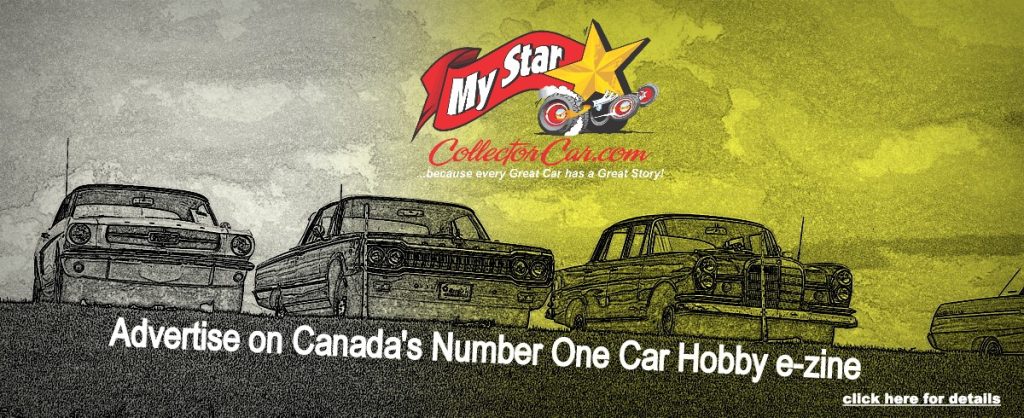
The final addition to our automotive versions of Babe Ruth is the first-generation Ford Thunderbird sold between 1955 and ’57. The legendary first-gen Thunderbird was Ford’s direct competitor with the C-1 Corvette because it was also a two-seater sports car designed for a small segment of the North American population who chose style over a kid-hauler.

The big difference was Ford chose to make its second-generation Thunderbird into a big sedan with a back seat in 1958. The Blue Oval boys wanted to offer a T-Bird that offered the best of two worlds, specifically a large-and-in-charge sports car with a back seat.

Sales wise, the second-gen 1958 Thunderbird was a home run with its buyers and sold 177% more cars than its 1957 predecessor, but it is safe to assume the ’58 T-Bird has yet to achieve the same legendary status in the vintage car hobby as its 1955-57 older siblings.
The good news is we at MyStarCollectorCar love the style of the ’58 Thunderbird, also known as the Square Bird in the car hobby and consider it to be the Babe Ruth of the first two generations of Thunderbirds.
Jim Sutherland
BY: Jim Sutherland
Jim Sutherland is a veteran automotive writer whose work has been published by many major print and online publications. The list includes Calgary Herald, The Truth About Cars, Red Deer Advocate, RPM Magazine, Edmonton Journal, Montreal Gazette, Windsor Star, Vancouver Province, and Post Media Wheels Section.
- CLICK HERE to Sign Up for the Newsletter
- CLICK HERE to Like us on Facebook
- CLICK HERE to Follow us on Twitter
- CLICK HERE to Follow us on Pinterest




